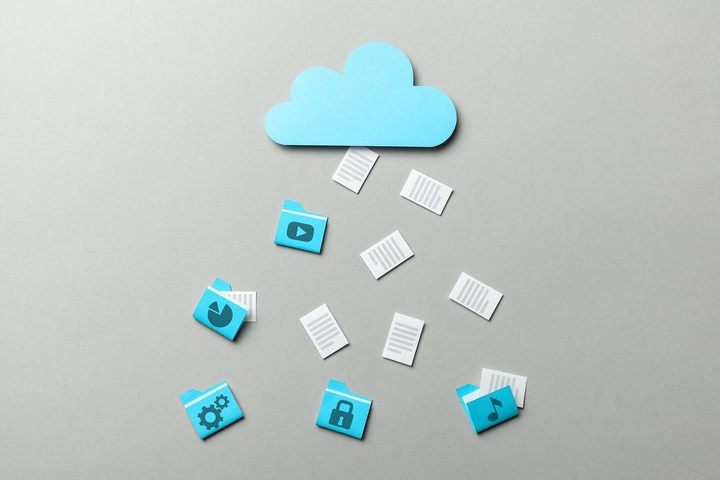Every now and again, a review of company goals and policies will have to be done. No matter if it is done once a year, or quarterly, a holistic review of operations is necessary. You may find, through this review, that there are several areas that need to be worked on. For example, keeping your company’s data in an organized manner may require some maintenance.
If this is the case, consider implementing an enterprise content management system. Colloquially known as ECM, this system is central to your business endeavours in more ways than one. Not only can it improve workflow amongst your staff, but it may better your services in the long run. Integrating your enterprise content management system into your company isn’t hard. However, you should be aware of your business goals, as it pertains to the system.
Follow these six important tips to implement the enterprise content management system correctly:
1. Communication

Although it may be tempting to just fire on all cylinders, you should take care prior to installing an ECM system. This is especially true if you are in a managerial position, as you want all things to go as smoothly as possible. As a result, be sure to communicate your intentions with your staff.
Let everyone in the company know that you intend to integrate a centralized system for storing content. Your workers need to know how their role will be impacted once the ECM system is up and running. Some may need to be authenticated in order to access the system, for example. Proper protocols established prior, will help in streamlining communication amongst everyone.
2. Identification

Effective communication is one important half of the process, before actually installing the ECM system. The other key half is that of identification, which is crucial well before the system is running. Say, for instance, that you are in charge of data capturing in your department. Your role is extremely important, as it pertains to what comes next.
Without the proper indication, you may not know how to effectively import various pieces of content into the system. To counteract this potential drawback, always take the time to ask questions regarding your job duties. The more informed you are about how your role has changed, the better off you will be in the long run!
3. Reviewing Infrastructure

Once your company is ready to get a digital ECM system up and running, inspect your current infrastructure. Since your enterprise content management system will be integrated into the existing digital framework, a secondary review must be done. Usually, an ECM expert or technician will have to be hired to assist you.
These experts will know exactly how to integrate the system, without having to redesign your entire arrangement. Areas such as internet capabilities and external servers may have to be discussed. Moreover, you may be advised to use cloud computing software, as a basis of your system. Review these aspects accordingly, so you know exactly how to proceed.
4. Establishing Security

In order to keep your sensitive data protected, your ECM system needs to be adequately safeguarded. In today’s modern day society, cyber criminals are tremendously adept at capitalizing on digital vulnerabilities. Without the proper security protocols, you leave your content and company data at risk of being stolen.
Protecting your sensitive data goes beyond just installing a firewall as well. Make sure that your ECM system recognizes authenticated users, so that only specific workers can gain access. You’ll want to also periodically review procedures, as it pertains to security. That way, your ECM will remain dynamic and evolving as time passes.
5. Data Backups

Although ECM systems are remarkable for storing and keeping data, having backups of your data doesn’t hurt. The technology used in making these ECM systems are almost foolproof. However, that does not prevent occasional hiccups from occurring, resulting in loss of content.
It is generally recommended to have secondary servers as well, in order to hold your sensitive data. Keep these servers in a safe place, and update them every so often. You usually don’t have to worry about your ECM system failing, but having a reserve of your data does help!
6. Testing The System

Once your business has gotten a good grasp of the integrated system, you’ll have to conduct some tests. Therefore, experiment with every aspect of the ECM system, so that you can verify that it is working.
Should there be any mistakes in the installation, ensure that you have someone that can review and fix them. After you and your workers are confident in its capabilities, you are good to go! Just be sure to keep the system flexible enough to evolve. Technology is always changing for the better; your ECM system should as well! Visit the Adlib website to learn more, because they may be able to provide you with the information that you need.














